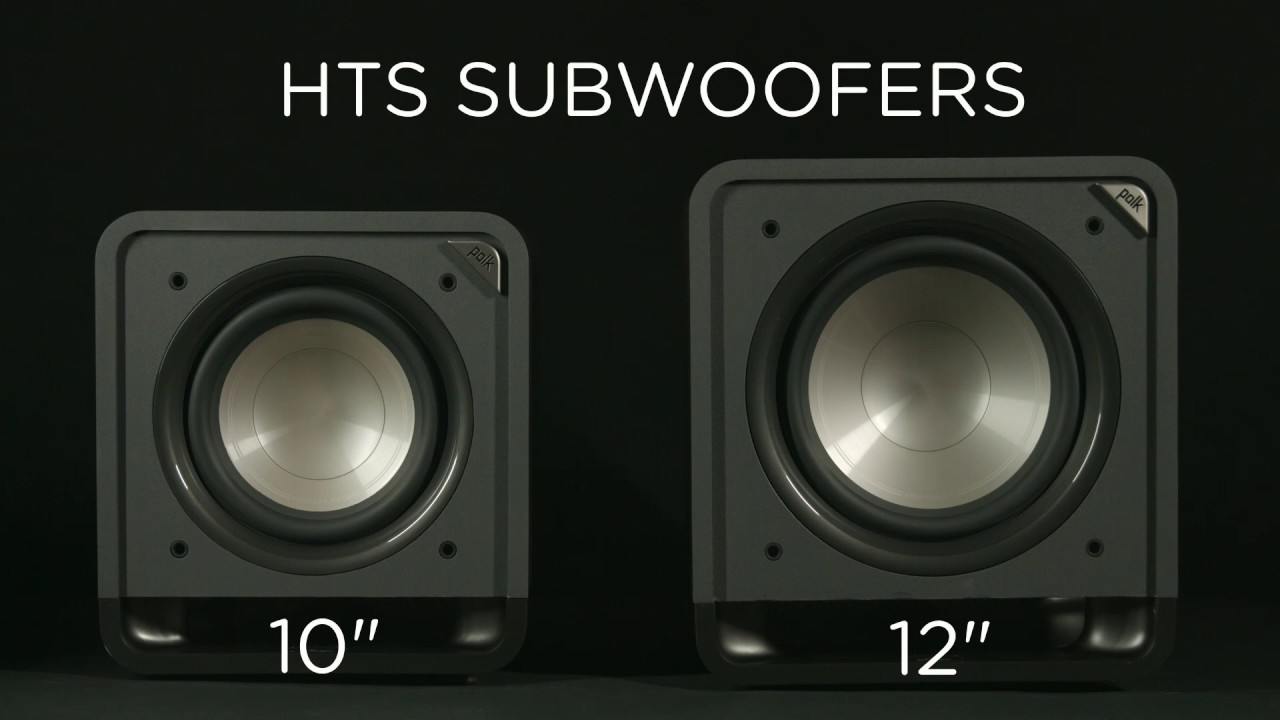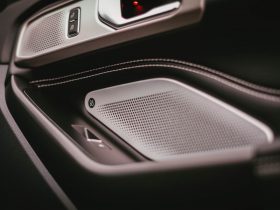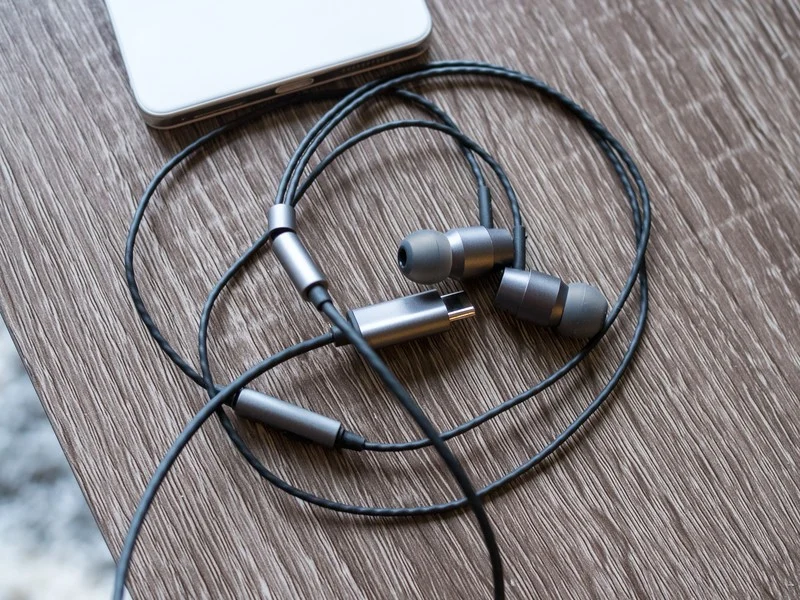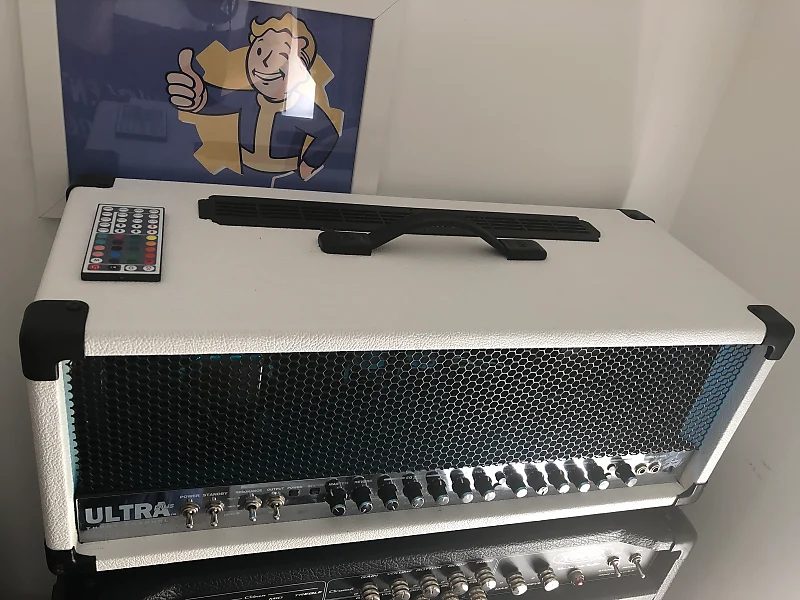Subwoofers are speakers designed to reproduce low-pitched audio frequencies, also known as bass. Bass sounds are powerful sound waves only reproducible by large drivers.
A typical size for such a driver is eight, ten, or even twelve inches, which is the size of most subwoofers. Although other elements are involved, the size of your subwoofer has a significant impact on the quality of your bass.
Subwoofers with a size of 10 to 12 inches are the most popular. They do, however, work well in a variety of situations. In this article, we compare the 10 and 12-inch subwoofers.
10 Vs. 12 Subwoofer
10-inch subwoofers are compact and very responsive. They deliver more outstanding bass and clarity than factory-installed systems. Despite not having the low-end quality of a 12-inch subwoofer, they produce a pristine and powerful sound. They’re best for listening to rock, country, or heavy metal songs.
The 12-inch subwoofer, on the other hand, is the most common, and they offer a great mix of precision and loudness. In addition, these subwoofers can easily play the lower notes.
A 12-inch woofer can sound punchy or boomy, and your box can help you fine-tune the sound. So, if you can’t decide between clarity and volume, go for a 12-inch subwoofer as they naturally provide such balance.
Other Subwoofer Sizes
8-inch Subwoofers:
These are the smallest subwoofers on the market, but they still pack a punch. 8-inch subwoofers provide your car’s music with a bit of flavor while taking up little space.
The magnet quickly moves the assembly due to the tiny cone area and weight, resulting in punchy, precise bass reproduction.
15-inch Subwoofers:
These massive subwoofers produce lower frequencies better than other subwoofers. 15-inch subwoofers can easily sustain extended resonant bass notes.
The magnet struggles to slow down the cone due to its size and weight. Therefore the sound quality isn’t as good as with smaller woofers. However, the bass it’s still fantastic. 15-inch subwoofers are ideal for R&B, rap, and techno music.
Subwoofer Configurations
There are two configurations of subwoofers – active and passive subwoofers.
Passive subwoofer:
An external amplifier drives these subwoofers The amplifier you’ll need will depend on your speaker size. The amplifier must be powerful enough to keep bass effects going through your subwoofer speaker.
Active subwoofer:
An active subwoofer comes with an inbuilt amplifier. Consequently, it will also require its own AC power source. You’ll find active units more prominent in home theatre systems and those used for live performances.
Types Of Subwoofers
Subwoofers come in various types, each with its distinctive design and output.
Ported subwoofers:
Include an extra hole, or port, that allows air to exit through a tube. It can considerably boost the bass output of the subwoofer. The excess departing air contains bass frequencies that would have no way of escaping. They provide a resonant, deep bass.
Passive radiator:
A passive radiator is a step up from a ported speaker. You now have two non-wired passive radiators in place of ports. The speaker emits a sound similar to a ported subwoofer but with a much more extensive frequency range.
Small speakers using these designs can provide a robust, wide-ranging sound in a comparatively small speaker set. They’re perfect for drivers that love bass music.
Sealed cabinet:
There is no port or passive radiator on a sealed cabinet subwoofer. As a result, the sound can only exit through one point. Although the sound may lose some depth due to this, the result is a more balanced sound.
Front and down-firing subwoofers:
This design relates to the location of the internal speakers in the subwoofer unit. In front-firing subwoofers, the speaker will point forward, showering the front and side of the subwoofer unit with sound.
The speaker in a down-firing type, on the other hand, will point to the ground and the front. This speaker is beneficial if the speakers are put on shelves or raised on stands.
Bandpass subwoofers:
These subwoofers have a more complicated design. Although only one includes a port for discharging radiation from the front cone, they have two distinct chambers.
These subwoofers provide clean, natural bass production within specific frequency regions. In addition, with bandpass subwoofers, you can precisely control the amount of bass that comes through the speakers.
Professional live sound equipment frequently uses this design. You’ll also find in-car audio subwoofer cabinets.
Horn-loaded subwoofers:
Horn-loaded speakers are louder than other speakers and produce a more directed sound at higher frequency levels.
They do this by passing sound through a longhorn speaker by concentrating sound that would otherwise leak and radiate out in different directions. As a result, longhorn subwoofers are ideal for huge arenas with large audiences that require a more targeted sound across a long distance.
What Size Of Subwoofer Is Right For You?
There are two things to note before you decide on a particular size of the subwoofer to buy.
The size of your speakers:
A big subwoofer doesn’t automatically equal better sound. For them to give an immersive listening experience, your subwoofer must complement your speakers.
Small speakers will integrate well with an 8- or 10-inch subwoofer. In contrast, with prominent floor-standing speakers and a vast center channel, a 12-inch subwoofer is a better sonic complement.
Your room size:
In general, your subwoofer size should be proportionate to your room size. In an expansive, open living room, a larger subwoofer will sound great. A larger space moves more air, which results in louder bass. However, if your room is small, a smaller subwoofer will suffice.
Do Subwoofers Improve Sound Quality?
Your initial concern might be whether or not a subwoofer will genuinely improve its bass. A subwoofer will significantly boost your bass. Subwoofers are meant to enhance the low-end frequency range, so they’ll make your bass richer and more layered.
When choosing a subwoofer, there are a few more things to keep in mind. The sound quality is essential, but it is not the most critical factor. Consider other factors like size, and power output. These factors combine to give the best bass for you.
Consider These Factors When Buying A Subwoofer
Getting a subwoofer that’s right for you involves several factors.
Size:
Your driver (or speaker) size significantly affects the range and quality of your bass. Transporting bass frequencies through the air requires a lot of energy. The larger the driver, the more power it can produce. In turn, a larger driver will require a larger cabinet.
Wattage:
Most subwoofers are active, which means they have a built-in amplifier that powers the speaker driver.
Subwoofers have two wattage specifications: RMS and Peak. A subwoofer’s peak wattage is a measurement of its maximum output power. RMS, on the other hand, is known as continuous wattage and stands for Root Mean Square. It essentially informs you how much energy a subwoofer can generate when operated at a reasonable volume for an extended period.
The higher the subwoofer’s wattage, the more likely it will offer clean, distortion-free audio at high volumes. Higher wattage figures imply higher costs. Most clients will be satisfied with a power of 100-500 watts. You can acquire an excellent subwoofer at a reasonable price within this range.
Frequency range:
A frequency (measured in Hertz (Hz) estimates how high or low a sound is. Bass notes have a low frequency. Any subwoofer that can hit the lowest frequency conceivable is an excellent subwoofer.
The human ear can pick sounds at a frequency of about 20 Hz. A subwoofer should have the ability to get as close to them as feasible. The bulk of today’s subwoofers can go down to 25Hz, but some of the most costly subwoofers can go even lower. If you like bass, a 25 Hz subwoofer will suffice. When buying a subwoofer, keep in mind that a lower frequency subwoofer will cost more.
Wireless Vs. Wired Subwoofer
Most subwoofers will require direct connections to a wall socket and amplifier to draw power and receive sound. The power and RCA cables provide these connections for both the subwoofer and the amplifier, respectively.
However, wireless subwoofers do exist, communicating with their audio source via Bluetooth or Wi-Fi. However, are they worth it? Are they, however, genuinely worthwhile?
A few factors influence the answer. First, wireless subwoofers cost a lot more than traditional cable counterparts. However, they function the same with the same quality.
Second, most wireless subwoofers function as part of a closed system. That is, they will only work with other accessories of the same brand.
If you don’t plan to use speakers from one brand in your system, a traditional wired subwoofer is a better option. In the long run, you’ll have a better sound quality and spend less money.
Conclusion
Subwoofers produce sounds at very low frequencies, commonly known as bass. Subwoofers come in different sizes, although the 8, 10, and 12-inches are the most popular.
Although other factors are involved, size has a significant impact on your bass quality. However, different sizes fit well in different circumstances.
10-inch subwoofers are compact and responsive and are best for listening to rock, country, or heavy metal songs. 12-inch subwoofers, on the other hand, can play deeper notes, offering a blend of precision and loudness.
Choosing the right subwoofer for you depends on several factors, including size, frequency range, and wattage.






